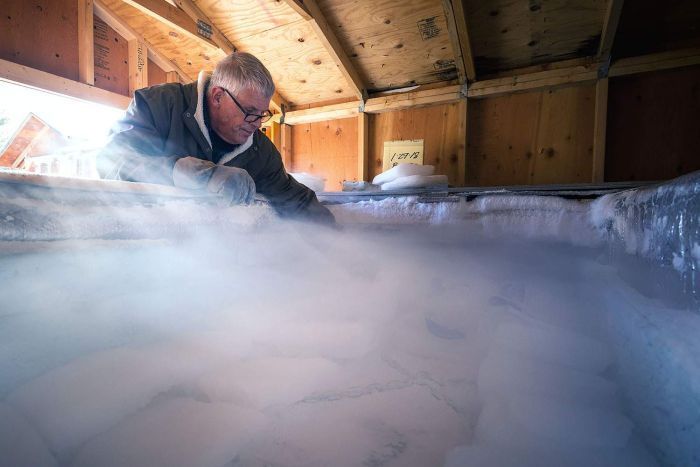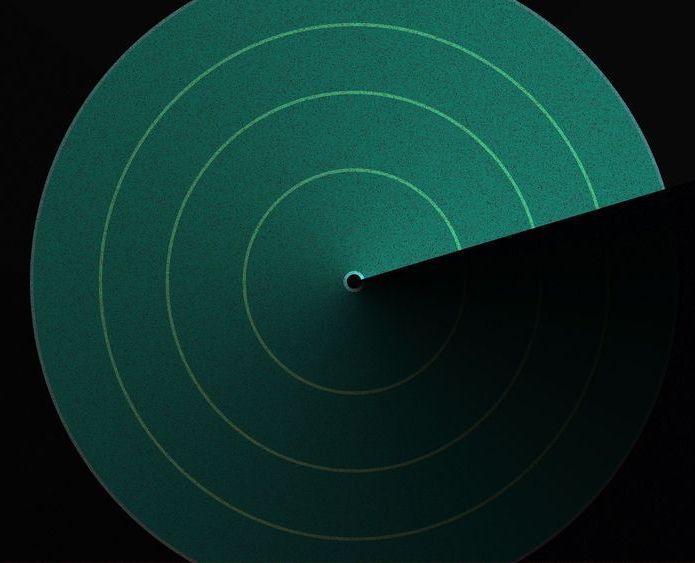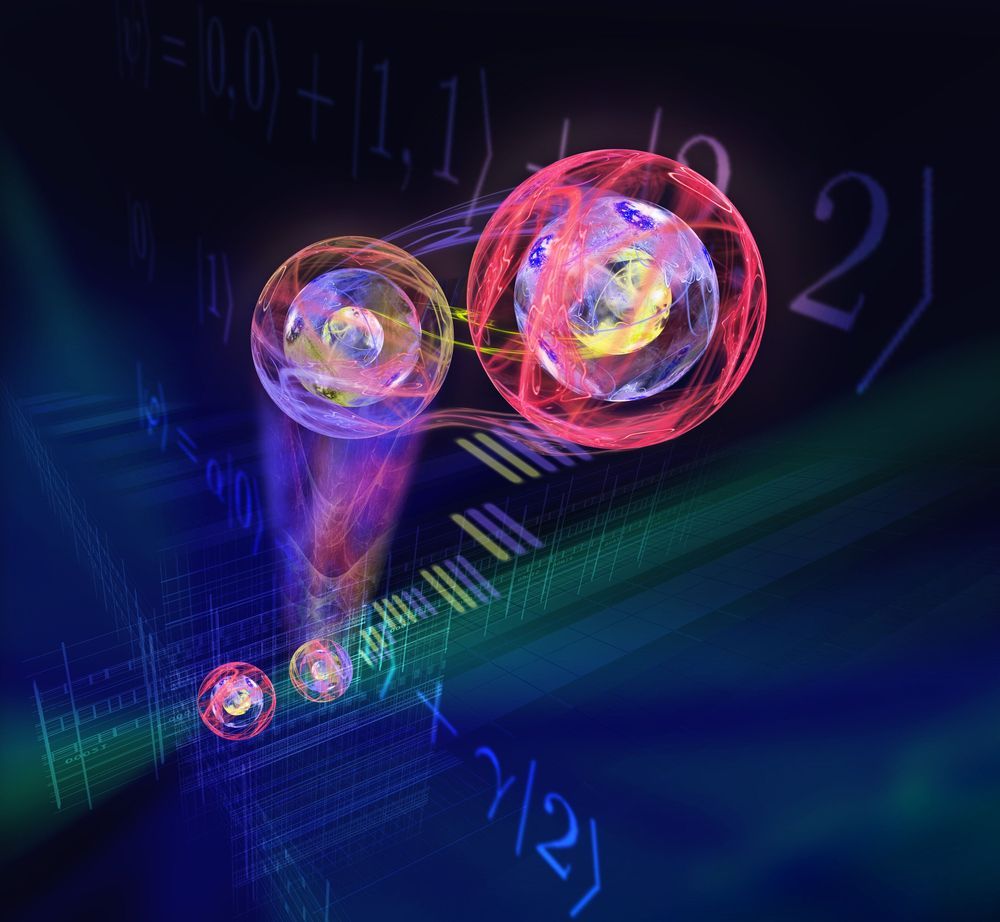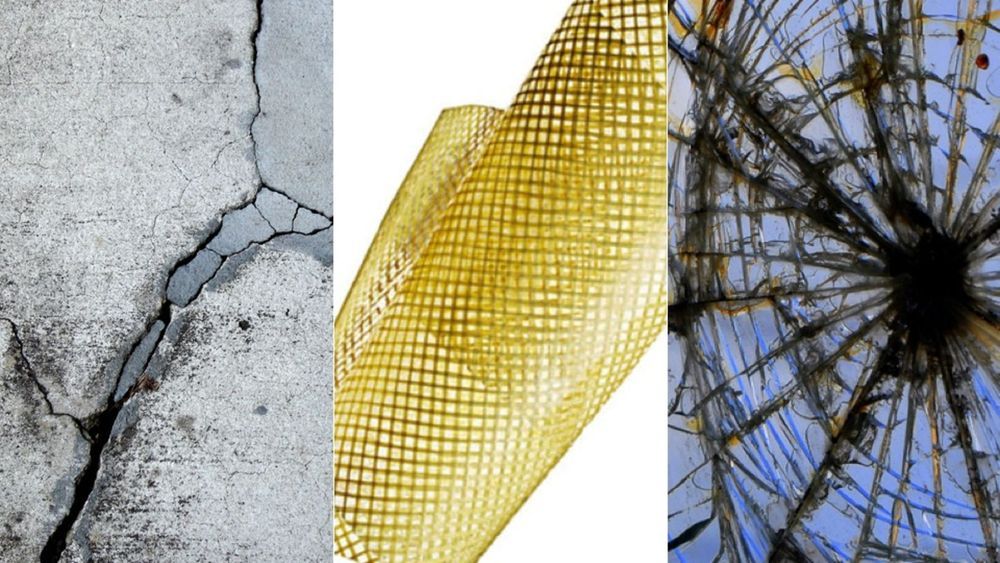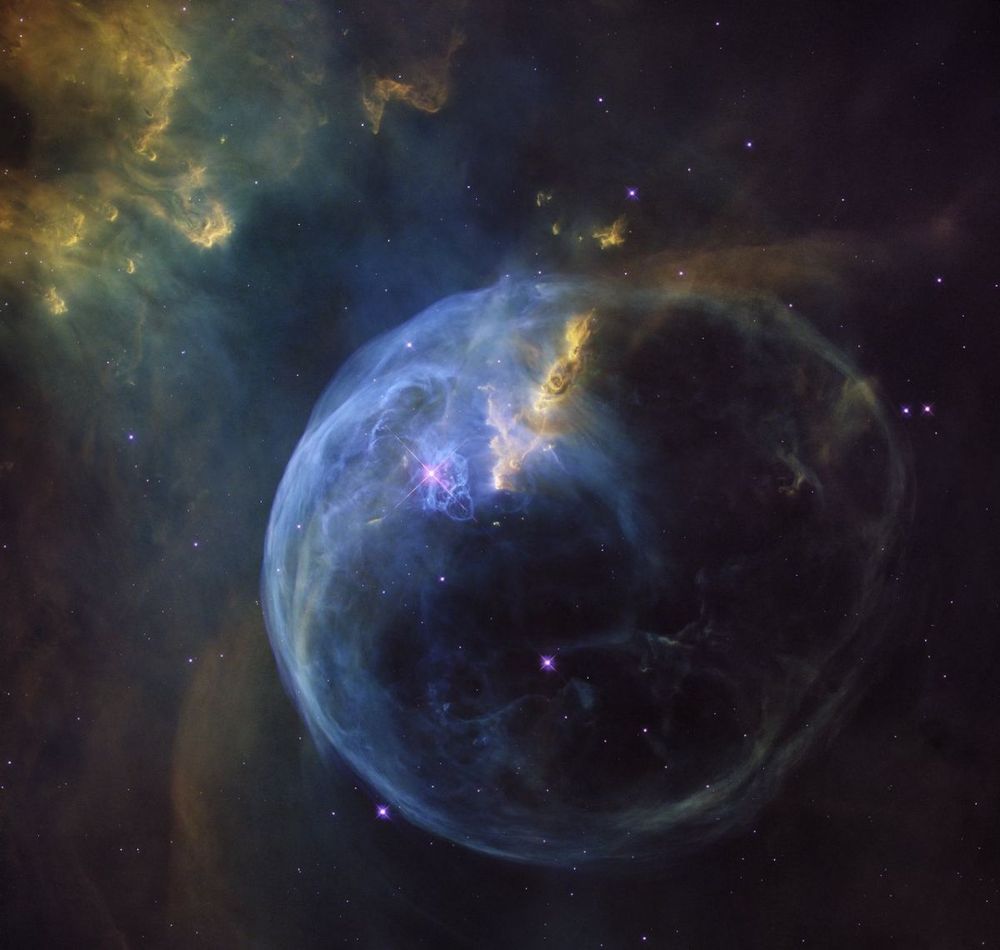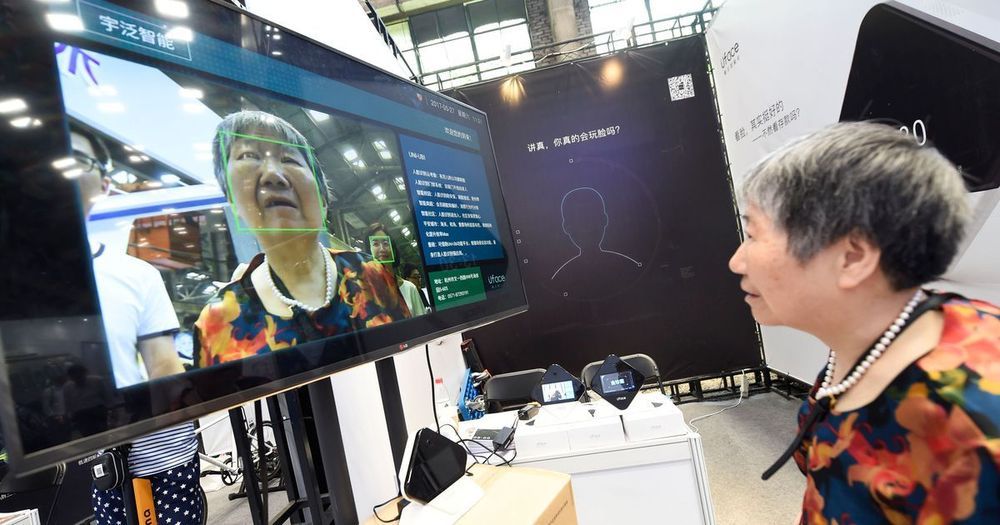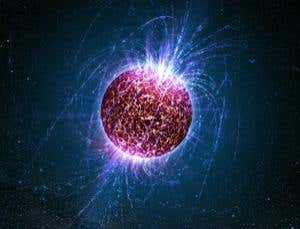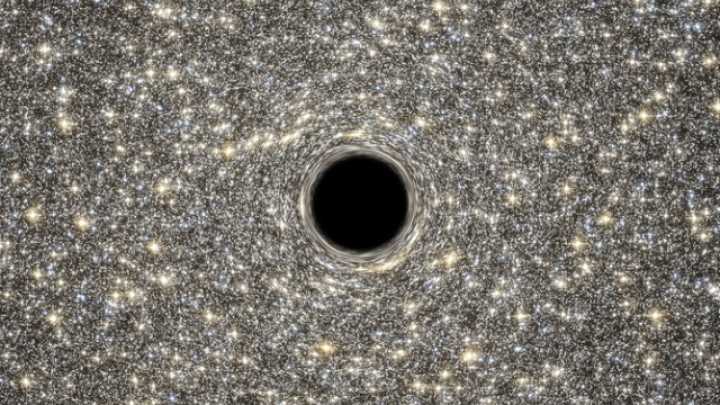
One of the all-time great mysteries in physics is why our universe contains more matter than antimatter, which is the equivalent of matter but with the opposite charge. To tackle this question, our international team of researchers have managed to create a plasma of equal amounts of matter and antimatter – a condition we think made up the early universe.
Matter as we know it appears in four different states: solid, liquid, gas, and plasma, which is a really hot gas where the atoms have been stripped of their electrons. However, there is also a fifth, exotic state: a matter-antimatter plasma, in which there is complete symmetry between negative particles (electrons) and positive particles (positrons).
This peculiar state of matter is believed to be present in the atmosphere of extreme astrophysical objects, such as black holes and pulsars. It is also thought to have been the fundamental constituent of the universe in its infancy, in particular during the Leptonic era, starting approximately one second after the Big Bang.

